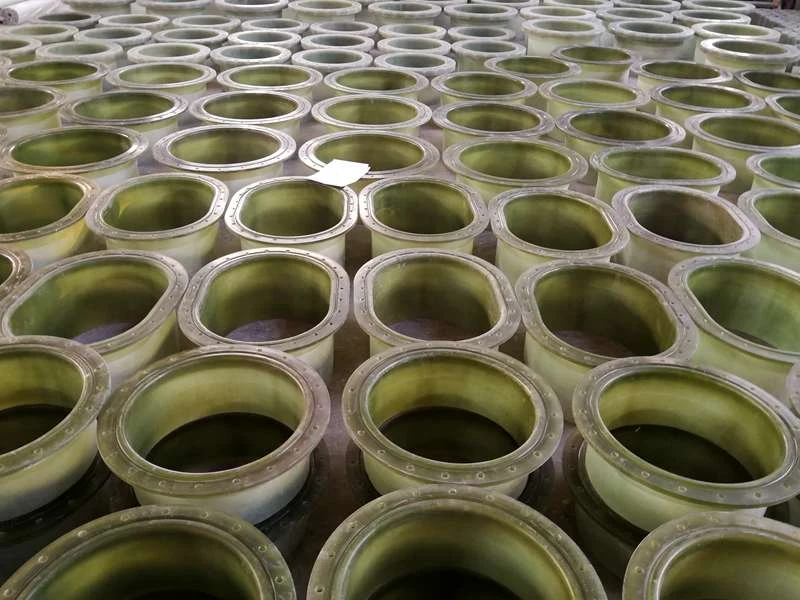fiberglass settler
The Role of Fiberglass Settlers in Water Treatment
In the realm of water treatment and environmental management, the technologies employed to ensure clean and safe water are paramount. Among these technologies, fiberglass settlers have emerged as a crucial component in the process of sedimentation and clarification, playing a vital role in various industries, including municipal water treatment, mining, and industrial wastewater management.
Fiberglass settlers, constructed from durable and corrosion-resistant fiberglass materials, offer numerous advantages over traditional materials such as steel or concrete. One of the most significant benefits of using fiberglass is its lightweight and easy-to-install design, which simplifies the construction and installation processes. This aspect is particularly advantageous in remote or challenging environments where heavy machinery may not be accessible. Additionally, fiberglass settlers are resistant to chemical corrosion, ensuring longevity and reducing maintenance costs. This resilience makes them suitable for treating a wide range of effluents, including those with high salinity or acidic properties.
The primary function of fiberglass settlers is to facilitate the gravity separation of solids from liquids. In water treatment facilities, incoming wastewater often contains a mixture of suspended solids, oils, and other contaminants. The fiberglass settler provides a controlled environment where these particles can settle under the influence of gravity. As the wastewater flows into the settler, the velocity decreases, allowing solids to settle at the bottom to form a sludge layer, while the clarified water rises to the surface. This process not only improves water quality but also enables the efficient removal of solid waste.
fiberglass settler

Another notable feature of fiberglass settlers is their adaptability to various designs and configurations. Depending on the specific needs of a facility, these settlers can be custom-designed to accommodate varying flow rates and volumetric requirements. Furthermore, the modular nature of fiberglass components allows for easy expansion or modification of existing systems, catering to the evolving demands of water treatment operations.
The operational efficiency of fiberglass settlers contributes to reduced energy consumption compared to some mechanical treatment processes. As they rely on passive gravitational forces for separation, the energy costs associated with pumping and aeration processes can be minimized. Additionally, the high-performance characteristics of fiberglass settlers ensure a higher surface area for settling, which enhances the overall effectiveness of the sedimentation process.
Moreover, the use of fiberglass settlers aligns with environmental sustainability goals. By enhancing the removal of sediments and contaminants from wastewater, they play a significant role in protecting ecosystems and maintaining water quality in receiving bodies. Cleaner effluent not only supports aquatic life but also reduces the risk of pollution-related health issues in surrounding communities.
In conclusion, fiberglass settlers represent an innovative and practical solution in the field of water treatment. Their durability, efficiency, and adaptability make them an essential component in the quest for cleaner water. With ongoing advancements in technology and increasing awareness of environmental responsibility, the role of fiberglass settlers will undoubtedly continue to expand, contributing significantly to sustainable water management practices worldwide. As industries and communities seek to improve their water quality, fiberglass settlers will remain at the forefront of these efforts, serving as a testament to the power of modern engineering in addressing environmental challenges.
Latest news
-
Oblate Tanks: Space-Saving, Durable Liquid Storage SolutionsNewsAug.27,2025
-
High-Performance Piping System Solutions for Industry & Commercial UseNewsAug.26,2025
-
Precision Fittings: Durable & Reliable Industrial & Plumbing SolutionsNewsAug.25,2025
-
Practical Steps: Unlock Success with Our Proven GuidesNewsAug.24,2025
-
Transport Tanks: Safe, Durable & Efficient Liquid HaulingNewsAug.23,2025
-
High-Quality Piping Systems for Efficient Flow & DurabilityNewsAug.22,2025











